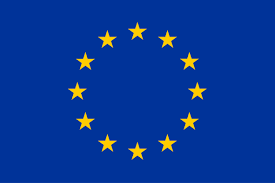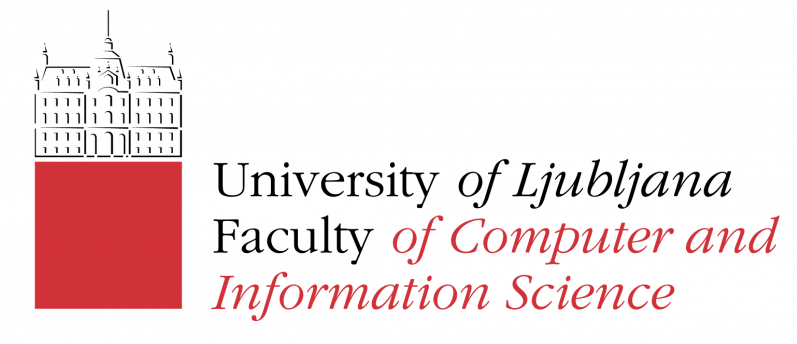Ontospace team believes that the real way to deliver trust in the knowledge expressed digitally is through Blockchain. Find out more about this team and the work they are developing in ONTOCHAIN in this interview with team member Mirek Sopek

How did you hear about ONTOCHAIN and what drove you to apply?
As a matter of fact, we participated in the Call 1 of the ONTOCHAIN project, so we already knew about the project. We delivered PoC in the first call and just wanted to continue our journey toward a production grade system – and that drove us to apply.
Tell us a bit about the story behind your team. What drives you and what brought you together?
We have been interested in technological aspects of Blockchains since their creation. However, we have never focused on the financial (crypto-assets) aspects. Instead, we have always seen a huge potential of Blockchains to bring trust to the knowledge we encode as semantic datasets. Before ONTOCHAIN, we had already formulated and implemented a system called GraphChain that was addressing the needs. I think this is the most important factor that brought us together on the ONTOCHAIN project.
Can you briefly explain your project and its contribution to the ONTOCHAIN software ecosystem?
In the currently running project that aims to create Ontospace – a true ONTOCHAIN ecosystem – where many different projects can co-exist to form an environment in which various decentralized applications, using knowledge encoded in graph structures of ontological character can flourish.
Our project is perhaps best described in our recent paper: Technological foundations of Ontological ecosystems on the 3rd generation Blockchains | IEEE Journals & Magazine | IEEE Xplore
Our main contribution coming from the current call is the production grade version of our solution.
How did you come up with this idea? What’s unique about it? And what will be the end user benefits?
For about 15 years we have been engaged in many projects that have dealt with knowledge representation using semantic technologies. At some point we realized that the only real way to deliver trust in the knowledge which is expressed digitally, is through Blockchain. I think this is a unique idea in the semantic web community. The end user benefits are directly linked to the distributed/social characteristics of the system that embraces both semantic data and Blockchains.
You are contributing to ONTOCHAIN’s mission of delivering a new software ecosystem for trusted, traceable & transparent ontological knowledge. How is ONTOCHAIN contributing to your own ambitions?
It is indeed a good question because we certainly see that the ONTOCHAIN mission has a great impact on our future plans and ambitions. We have realized that there is a great community of people, companies and academic institutions that value high trust, traceability and transparency of data. On more practical, or pragmatic level, we learned about many solutions that could complement our original Graphchain idea and we are planning to use the in our own projects.
How do you assess the experience of working with other teams in the co-creation of the ONTOCHAIN ecosystem? What type of synergies do you want to explore?
There are two kinds of synergies we are going to explore. The first is the synergy of various technologies that aim to deliver consistent set of methods to handle semantic, ontological (graph based) data and will use Blockchains for validation and verification. The second is the synergy with the use cases makers. While we have developed many – we want to explore more and of different kind. ONTOCHAIN ecosystem helps us with both kinds of synergies.
What are your expectations regarding the new software ecosystem that ONTOCHAIN will deliver and its contribution to the NGI priority areas?
We hope that the new software ecosystem built according to the ONTOCHAIN ideas will be the ultimate place where people will publish ontologies and other forms of digitized knowledge. We also expect that ONTOCHAIN consortium will make the promise of trust embedded in ONTOCHAIN real – by promotion of the solutions bringing it to data in general.

 This project has received funding from the European Union’s Horizon 2020 research and innovation programme under grant agreement No 957338
This project has received funding from the European Union’s Horizon 2020 research and innovation programme under grant agreement No 957338




